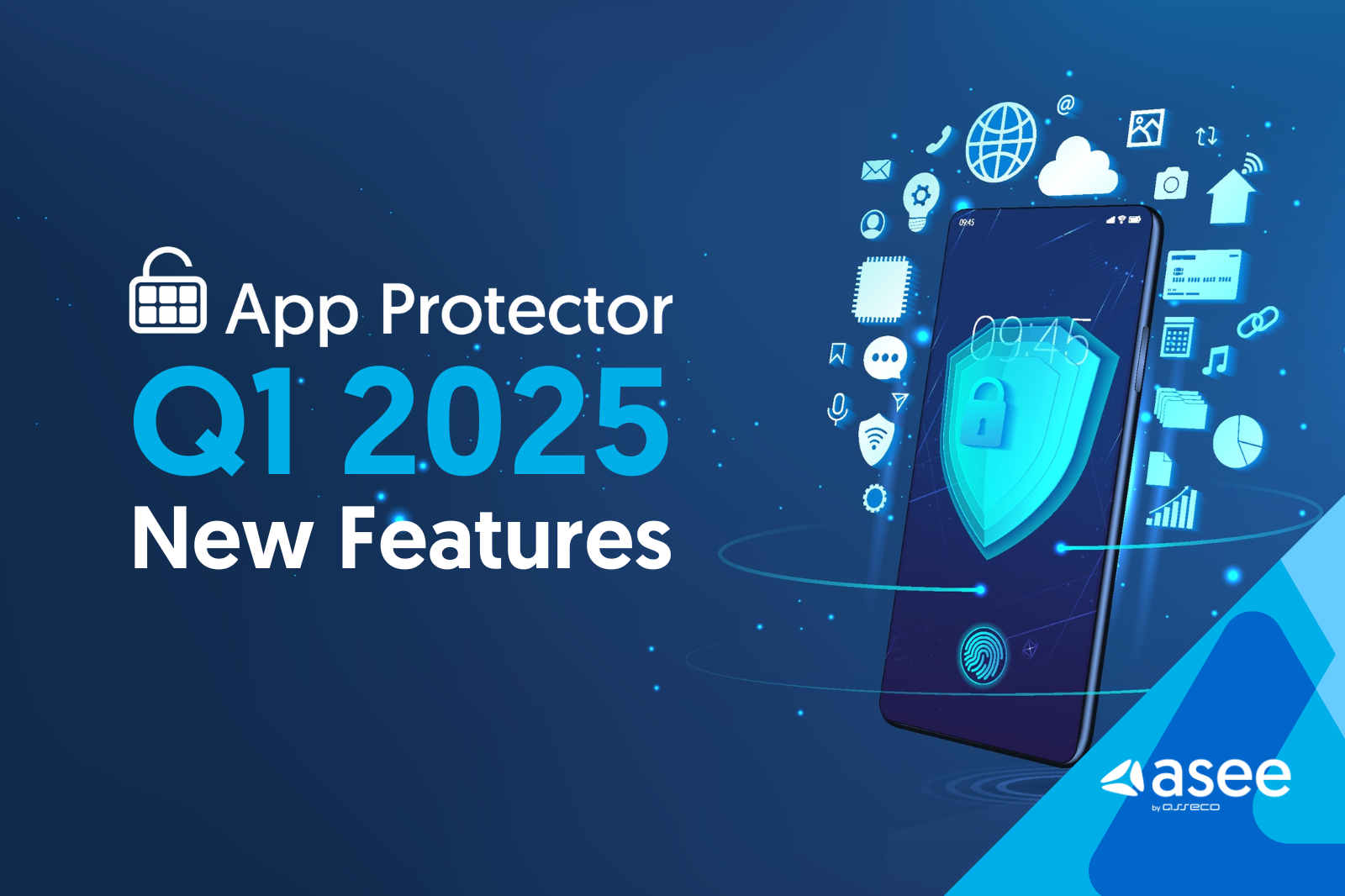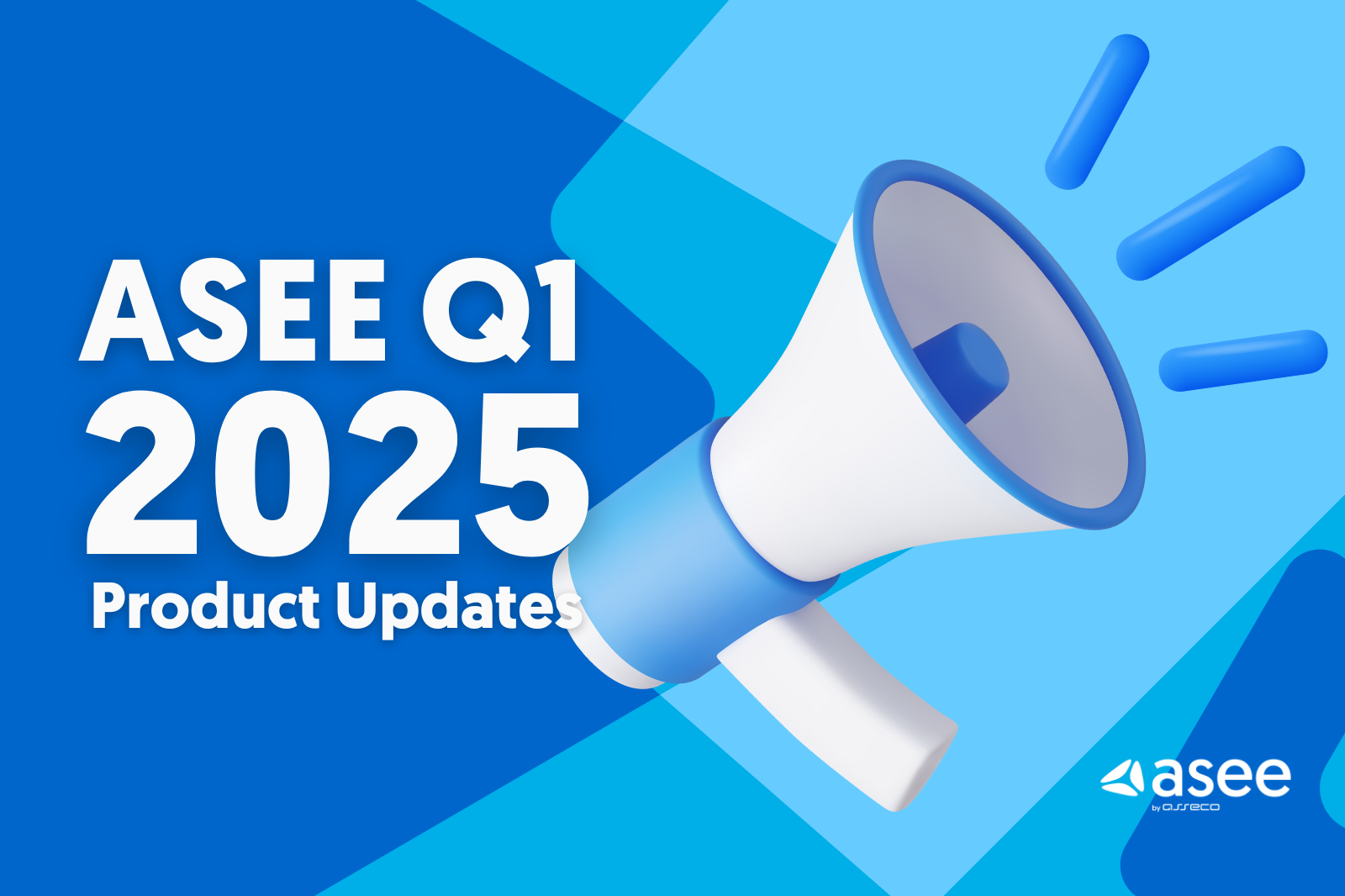However, there is the other side of the coin – questionable mobile application security practices. About two decades ago, to be relevant meant going online. Having a website was the right thing to do and proved to be a successful long-term investment in most cases. Nowadays, businesses are facing the need to go mobile. And the best way to do so is by designing a dedicated mobile application for their business. The issue lies in the development process. The demand for faster time to market leaves mobile applications vulnerable to an array of known and emerging attacks, endangering the end-users and often entire businesses.
Instead of following the secure by design principle, mobile app developers tend to overlook the security aspects of the application and mend the consequences after they arise. Proactive measures in the form of detection and prevention tools for safeguarding the mobile application should be a part of the development process, not an afterthought. Protecting the application from the inside, rather than putting a band-aid on a proven security liability, should be a priority for every mobile app owner and developer out there.
Mobile application security in numbers
As mentioned, the mobile application industry is booming - and there is no sign of it slowing down. It has yet to reach its peak. A trend that follows in the growth department is the security of those apps. But with a slight difference; mobile application security is a constant concern that will only require greater attention as days go by.
Naturally, companies are wasting no time and rushing to launch their custom mobile applications - making themselves present in the mobile-first economy. To understand the consequences of the pressure on faster time to market, we'll review the latest stats relevant to the state of mobile application security.
Among known and emerging mobile application security threats, another challenge for cybersecurity experts is present in the form of imitation apps. Imitation apps are exact copies of legitimate applications; usually the ones which already have millions of downloads and a loyal audience that won't ask too many questions. Such apps pose a danger for numerous reasons; harvesting user credentials, intercepting sensitive data, and infecting mobile devices with malware are a few among a variety of threats.
Mobile application security threats and best practices to mitigate them
Threats to keep an eye on
Once the mobile application is available for download, the users are not the only ones who are getting access. Hackers, ready to tamper with the application's code, are on the lookout for their next target. Mobile applications offering weak security measures are the low-hanging fruit for hackers and cybercriminals, allowing them to tamper with the application with minimum effort. To get a sense of why mobile application security should be among the top priorities when designing an app, take a look at some of the most common mobile application security threats present today.
- Poor or no encryption at all
- OS-specific vulnerabilities
- Reverse engineering
- Privilege escalation: Jailbreaking/rooting
- Hooking attacks
- Debuggers
- Emulator attacks
- Screen recording (iOS specific)
Mobile app security best practices
The scope and versatility of malicious acts regarding mobile applications are so broad that a single solution simply cannot guarantee ultimate protection. However, there are best practices that, when implemented, contribute to a bulletproof mobile environment. Keep in mind the following - we are unable to eliminate fraud, but what we can do is disturb the attack flow. Making it as difficult as possible for the attacker to gain any type of control over the system. The most common tools and methods for achieving such an outcome are the following:
Code obfuscation – a mechanism that, quite literally, scrambles the code and makes reverse engineering a troublesome process for the attacker. Making the code hard to read significantly reduces the chances of a successful attack.
- Whiteboxing – Helps with maintaining the confidentiality of cryptographic keys.
- Auto-expiry – Allows you to determine a time period after which the mobile application will cease operation.
- Stand-alone keyboard – Feature that successfully helps with mitigating keylogging attempts.
- Polymorphism – The capability of code-altering during a detected reverse engineering attack in order to confuse the attacker and add difficulty to the attack flow.
- Detection packages – Detection of common attacks involving emulator and debugger fraud, as well as privilege escalation detection, are among the top features to look for in your mobile application security solution.
- Implementing RASP – Short for Runtime Application Self-Protection, RASP is a technology capable of controlling application execution, detecting vulnerabilities, and preventing real-time attacks.
App Protector
App Protector is a mobile security solution capable of taking control over the application's execution, detecting early intrusion, and preventing real-time attacks. What App protector aims to do is to protect all of the app's stakeholders. From app owners and developers to the end-user.
In case an anomaly is detected; depending on the customization parameters set for a specific threat; the security component responds in one out of three ways:
- False value display in order to disable the application misuse.
- End-user notification about a potential security threat.
- Immediate app termination.
App Protector is available in both online and offline modes. The online mode includes a portal, enabling parameter customization for individual security threats; while the offline mode comes without the portal and includes a hardcoded configuration.
Successful at preventing a number of threats; such as jailbreak/root detection, hooking, debugging, and screen recording; App Protector is a mobile application security powerhouse that guarantees the safety of your apps.
eBook: The Ultimate Mobile Application Security Checklist
Stay on the right track while building a secure mobile application with our ultimate mobile application security checklist. Follow our best practices and ensure your mobile apps and their users are well protected.
To find out more about our App Protector solution, contact us or visit our blog section.










